Transcending Scaling Laws with 0.1 Extra Compute Yi Tay Jason Wei Hyung Won Chung Vinh Q. Tran David R. So Siamak Shakeri Xavier Garcia Huaixiu Steven Zheng Jinfeng Rao Aakanksha Chowdhery
TranscendingScalingLawswith0.1%ExtraComputeYiTayJasonWeiHyungWonChungVinhQ.TranDavidR.SoSiamakShakeriXavierGarciaHuaixiuStevenZhengJinfengRaoAakankshaChowdheryDennyZhouDonaldMetzlerSlavPetrovNeilHoulsbyQuocV.LeMostafaDehghaniGoogleAbstractScalinglanguagemodelsimprovesperformancebutcomeswithsigni can...
相关推荐
-
【词汇变形总汇】2025高考词汇变形总汇 - 教师版VIP免费

 2024-12-06 4
2024-12-06 4 -
【超简37页】新课标高考英语考纲3500词汇VIP免费

 2024-12-06 11
2024-12-06 11 -
《高考英语3500词详解》(WORD版)VIP免费

 2024-12-06 29
2024-12-06 29 -
《高考英语3500词详解》VIP免费

 2024-12-06 26
2024-12-06 26 -
高中英语-[教师版]80天通关高考3500词汇VIP免费

 2024-12-06 29
2024-12-06 29 -
高中人教选修7课文逐句翻译VIP免费

 2024-12-06 11
2024-12-06 11 -
高中人教选修7课文原文及翻译VIP免费

 2024-12-06 35
2024-12-06 35 -
高中人教必修4课文逐句翻译VIP免费

 2024-12-06 12
2024-12-06 12 -
高中人教必修4课文原文及翻译VIP免费

 2024-12-06 37
2024-12-06 37 -
高考英语核心高频688词汇VIP免费

 2024-12-06 25
2024-12-06 25
作者详情
-
VP-STO Via-point-based Stochastic Trajectory Optimization for Reactive Robot Behavior Julius Jankowski12 Lara Bruderm uller3 Nick Hawes3and Sylvain Calinon1210 玖币0人下载

-
WA VEFIT AN ITERATIVE AND NON-AUTOREGRESSIVE NEURAL VOCODER BASED ON FIXED-POINT ITERATION Yuma Koizumi1 Kohei Yatabe2 Heiga Zen1 Michiel Bacchiani110 玖币0人下载

相关内容
-
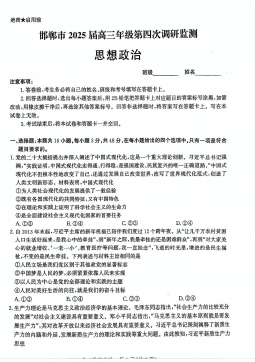
河北省邯郸市2025届高三下学期4月第四次调研监测试题 政治+答案
分类:中学教育
时间:2025-09-29
标签:无
格式:PDF
价格:10 玖币
-
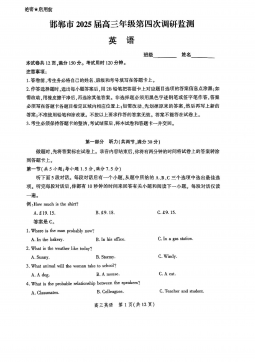
河北省邯郸市2025届高三下学期4月第四次调研监测试题 英语+答案
分类:中学教育
时间:2025-09-29
标签:无
格式:PDF
价格:10 玖币
-
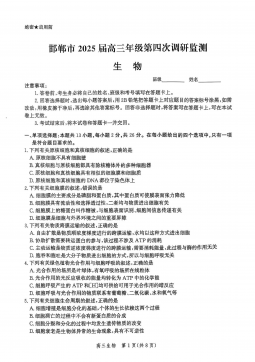
河北省邯郸市2025届高三下学期4月第四次调研监测试题 生物+答案
分类:中学教育
时间:2025-09-29
标签:无
格式:PDF
价格:10 玖币
-
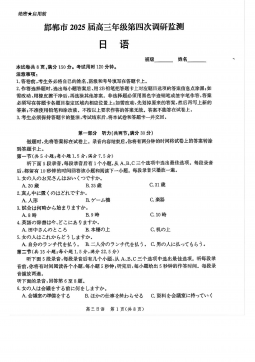
河北省邯郸市2025届高三下学期4月第四次调研监测试题 日语+答案
分类:中学教育
时间:2025-09-29
标签:无
格式:PDF
价格:10 玖币
-
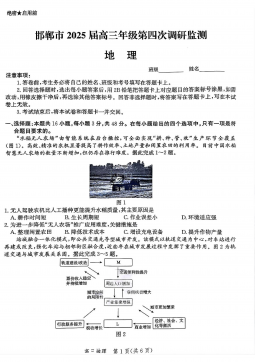
河北省邯郸市2025届高三下学期4月第四次调研监测试题 地理+答案
分类:中学教育
时间:2025-09-29
标签:无
格式:PDF
价格:10 玖币


 渝公网安备50010702506394
渝公网安备50010702506394
